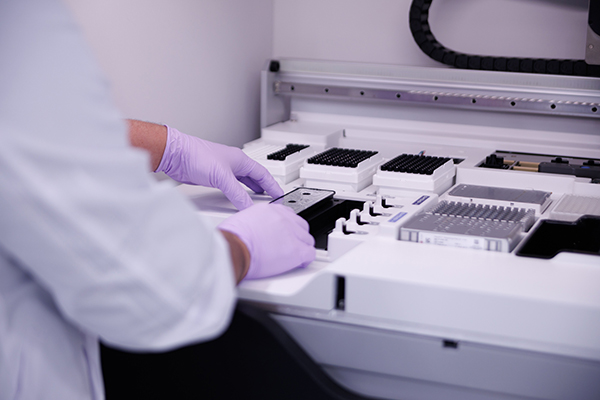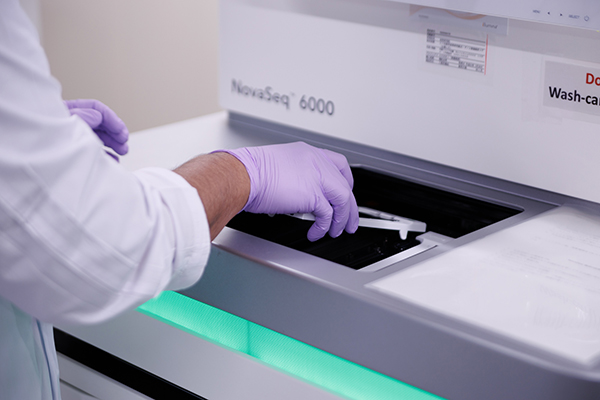Research & Development
Development of Single-Cell and Single-Molecule Epigenome Analysis Techniques
Gene expression is controlled by various nearby genomic regulatory regions. Variations in the sequences of these regulatory regions are often pivotal factors in human disease. Additionally, genomic sequence differences play a significant role in establishing traits of humans and other organisms during evolution. Therefore, a deep understanding of the function and regulatory mechanisms of genomic regions is crucial in human biology.
The interplay between genomic regulatory regions, including promoter–enhancer interactions, is a hallmark of their functionality. In particular, these interactions between genomic regions should be very dynamic. In response to the dynamics of these interactions, the state of genome expression and the cell state are dynamically and yet robustly controlled. We believe that understanding the relationship between genomic interaction dynamics and gene expression profiles is the key to connecting the nature of genomic DNA with human traits.
To unravel this, it is essential to analyze the dynamic states of genomic interactions in detail. Although various analytical methods have emerged because of technological innovations, obtaining sufficient information remains a challenge. SignAC focuses on the development and implementation of technologies to reveal genomic interactions at the single-cell and single-molecule levels. Using these technologies, SignAC is also involved in research to analyze how the genome controls the properties of cells and tissues. These studies involve state-of-the-art devices such as next-generation sequencing, long-read sequencers, Fluorescence-Activated Cell Sorting, and automated workstations. We are advancing single-molecule epigenome analysis using long-read sequencers as part of the AMED BINDS project.



